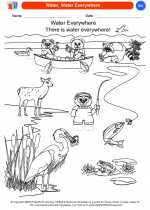Living Things and Their Habitats
Living things are organisms that have the characteristics of life, which include being able to grow, reproduce, respond to stimuli, and maintain homeostasis. Living things also require a suitable habitat in which to live, grow, and thrive.
What is a Habitat?
A habitat is the natural environment or home of a living thing. It provides the food, water, shelter, and space necessary for an organism to survive. Different living things require different types of habitats to meet their specific needs.
Types of Habitats
- Terrestrial Habitats: These habitats include forests, grasslands, deserts, and tundras. They are characterized by the presence of soil and the ability to support plants and animals that live on land.
- Aquatic Habitats: These habitats include oceans, rivers, lakes, and ponds. They are characterized by the presence of water and support a wide variety of aquatic organisms such as fish, amphibians, and aquatic plants.
- Air Habitats: These habitats include the Earth's atmosphere, where birds, insects, and other flying organisms live and move. They rely on the air for flight and often build nests or seek shelter in various structures.
Adaptations to Habitats
Living things have specific adaptations that help them survive in their habitats. These adaptations can include physical features, behaviors, and life cycles that are suited to their environment. For example, cacti have adapted to store water in their stems to survive in arid desert habitats.
Study Guide
Questions
- What is a habitat?
- Give examples of terrestrial habitats.
- What are some adaptations that help living things survive in their habitats?
Activities
- Take a nature walk and observe the different habitats in your local area.
- Create a diorama of a specific habitat and include the plants and animals that live there. Explain how they are adapted to their environment.
By understanding the concept of habitats and the adaptations of living things, kindergarteners can develop a greater appreciation for the diversity of life on Earth and the importance of preserving natural habitats.
[Live There] Related Worksheets and Study Guides:
.◂Science Worksheets and Study Guides Kindergarten. Our Earth
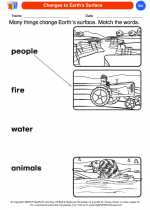
 Coloring Worksheet
Coloring Worksheet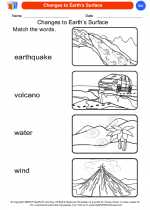
 Coloring Worksheet
Coloring Worksheet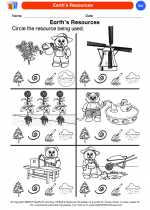
 Coloring Worksheet
Coloring Worksheet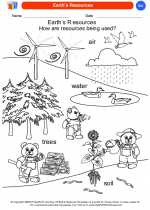
 Coloring Worksheet
Coloring Worksheet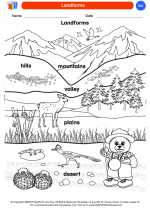
 Coloring Worksheet
Coloring Worksheet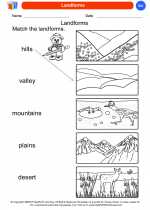
 Coloring Worksheet
Coloring Worksheet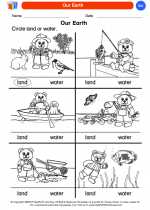
 Coloring Worksheet
Coloring Worksheet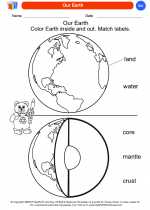
 Coloring Worksheet
Coloring Worksheet
 Coloring Worksheet
Coloring Worksheet
 Coloring Worksheet
Coloring Worksheet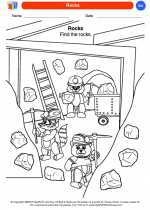
 Coloring Worksheet
Coloring Worksheet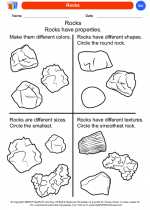
 Coloring Worksheet
Coloring Worksheet
 Coloring Worksheet
Coloring Worksheet
 Coloring Worksheet
Coloring Worksheet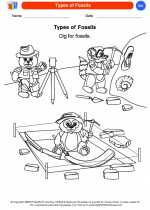
 Coloring Worksheet
Coloring Worksheet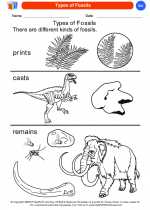
 Coloring Worksheet
Coloring Worksheet
 Coloring Worksheet
Coloring Worksheet
 Coloring Worksheet
Coloring Worksheet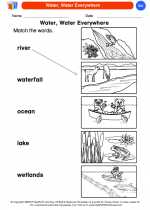
 Coloring Worksheet
Coloring Worksheet